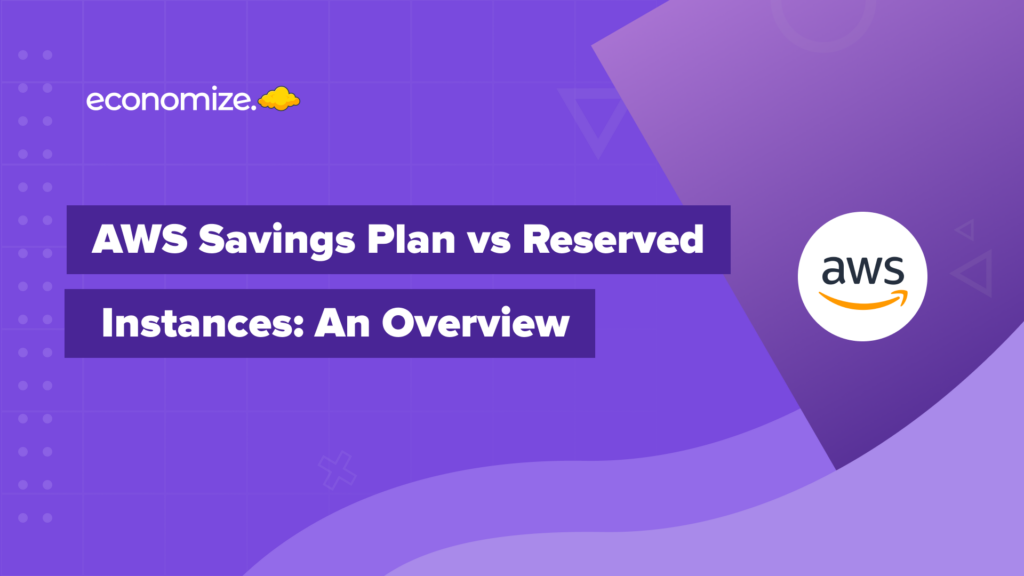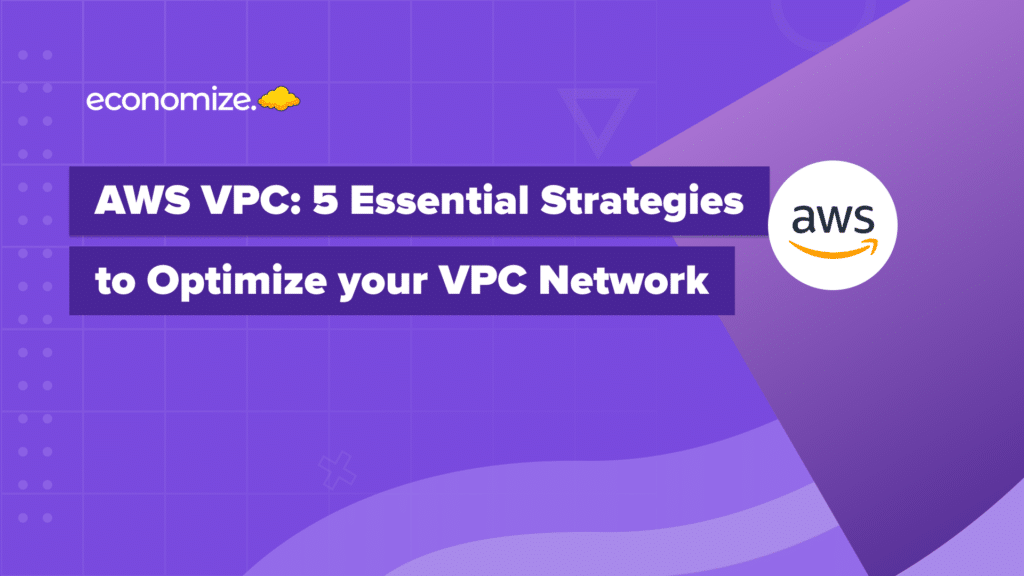Security is paramount in AWS cloud services. Organizations rely on tight security for data privacy and to meet compliance regulations. IAM policies are at the heart of this, designed to give access based on the least privilege concept. They ensure only necessary users access critical data and resources.
Crafting IAM policies by hand is time-consuming and error-prone. It can lead to overly broad or too restrictive permissions. AWS’s solution, the IAM Access Analyzer automates this process. It uses CloudTrail access logs to generate precise IAM policies.
On November 2, 2023, AWS expanded Access Analyzer’s capabilities. Now it supports policy generation for over 200 AWS services. This article will guide you through automatically creating IAM policies using this powerful tool.
What is AWS IAM access analyzer? How does it work?
AWS IAM Access Analyzer functions as a vigilant guard, evaluating your AWS environment to tailor access permissions with precision. It sifts through CloudTrail logs, spotting the trails of user activity across your AWS landscape.
From this rich soil of data, it cultivates policies that cling to the principle of least privilege—granting no more access than necessary for operations. This intelligent system adapts to the evolving patterns of use, ensuring that as your AWS activities change, so do your permissions, in a continuous, automated loop of analysis and refinement.

Set
Policy Generation
The tool utilizes the access activity captured in your CloudTrail logs to generate policies that grant exactly what’s necessary for your application’s operation, ensuring permissions are as precise as needed.
Policy Verification
With over 100 policy checks at its disposal, IAM Access Analyzer is creating policies and also validating them. This feature allows you to either construct new policies or vet existing ones, ensuring they meet stringent security and functionality standards.
Verify
The tool encourages a thorough verification of permissions, comparing intended access against actual configurations. It leverages provable security to scrutinize all access paths, alerting you to any public or cross-account permissions that may not align with your expectations. This preemptive analysis helps in identifying and rectifying permission issues before they’re deployed.
- For example, if an Amazon S3-standard bucket policy were to change, IAM Access Analyzer would alert you that the bucket is accessible by users from outside the account.
Refine
Through last-accessed information, IAM Access Analyzer identifies unused permissions for potential removal, allowing you to refine your policies effectively. It provides timestamps for the last usage of IAM roles and access keys, helping you to identify and eliminate outdated or unnecessary access privileges, thereby tightening your security posture.
Provable Security
The cornerstone of IAM Access Analyzer’s analysis is provable security, which leverages automated reasoning to deliver an exhaustive security assessment. This technology harnesses mathematical logic to verify and validate the security configuration of your AWS environment, offering a high degree of certainty that your resources are protected against unwarranted access.
Generate IAM policies from CloudTrail logs using AWS Access Analyzer
Here is a step-by-step guide to creating IAM policies.
1. Navigate to the IAM Console: Start by opening the IAM console. From the navigation pane, select “Roles.”
2. Choose a Role to Analyze: Select the role associated with the application for which you want to generate a policy. Let’s consider you are working with a role named “AWS_Test_Role“
3. Initiate Policy Generation: Under the section titled “Generate policy based on CloudTrail events,” click on “Generate policy.” This action will start the process of creating a new policy from your CloudTrail logs.

4. Specify the Time Period: On the “Generate policy” page, you must define the time frame for which IAM Access Analyzer will review the CloudTrail logs. If, for example, your application underwent testing in the past month, select that duration.

5. Select CloudTrail Trail and Service Role: If it’s your first time using this feature, you would need to pick the CloudTrail trail for IAM Access Analyzer to inspect. You can opt to create a new service role or use an existing one. If there’s an existing service role, choose it and click “Generate policy.”

6. Review the Generated Policy: Once the policy is generated, a notification appears on the role’s page. Click “View generated policy” to inspect the permissions suggested by IAM Access Analyzer.


7. Customize the Policy: The generated policy may include a summary of services and associated actions used by your application. At this stage, you can add or remove actions based on the services utilized by your application. For instance, if your application interacts with AWS S3 and Lambda, ensure that the policy reflects the necessary actions like “s3:CreateBucket” and “lambda:GetPolicy.”

8. Specify Resource-Level Permissions: Review the policy and edit it to include resource-level permissions. Replace any placeholders with the actual Amazon Resource Names (ARNs) of the resources your application accesses. This step ensures that access is limited to only those resources that are essential for the application’s function.
9. Finalize the Policy: After customization, proceed to the “Customize generated policy” page. Once you are satisfied with the setup, click “Next” to proceed to the policy review.

10. Create and Attach the Policy: On the “Review and create as a customer managed policy” page, give your policy a name and a description if needed, according to your organization’s naming conventions. Click “Create and attach” to apply the policy to your role.
- To learn more about generating and viewing policies programmatically through Access Analyzer APIs, and viewing all the services for which it can generate policies, visit the AWS documentation.
IAM Access Analyzer Pricing – How Much Does it Cost?
IAM Access Analyzer provides continuous evaluation of your AWS accounts or organization for external or unused access and generate findings for IAM roles, users, and resources. External access analysis is free and detects public or cross-account access. Finding Unused access, is a paid feature identifying least privilege opportunities. Here, you pay per IAM role or user analyzed.
IAM Access Analyzer also offers two types of policy checks. IAM Access Analyzer policy validation guides you to author and validate secure and functional policies based on IAM best practices. It is provided at no additional charges. IAM Access Analyzer custom policy checks are a paid feature to validate that developer-authored policies adhere to your specified security standards before deployments.
| IAM Access Analzer Policy Checks | Pricing Tier | Price |
| Unused Acess | Number of IAM roles and users analyzed per month | $0.20 /IAM role or user analyzed/month |
| Custom Policy Checks | Number of API calls per month | $0.0020 per API call |
Conclusion
AWS Access Analyzer is an essential tool in the cloud security toolkit. By intelligently generating IAM policies from AWS CloudTrail logs, it allows cloud users, architects, and C-suite executives to achieve a higher standard of security with less effort. The policies generated are tailored to your organization’s actual usage, ensuring efficiency and adherence to best practices.
For further Cloud savings, you can invest in the best FinOps policies, and cloud cost optimization strategies, and set AWS Budgets to run an optimized cloud infrastructure.
Looking to save on AWS costs?
As cloud resources become increasingly integral to business operations, ensuring fiscal discipline through effective AWS budgeting will only grow in importance. If your organization is facing high AWS expenditure, book a free demo with Economize today and see how we can help you save up to 30% costs within 10 minutes.








